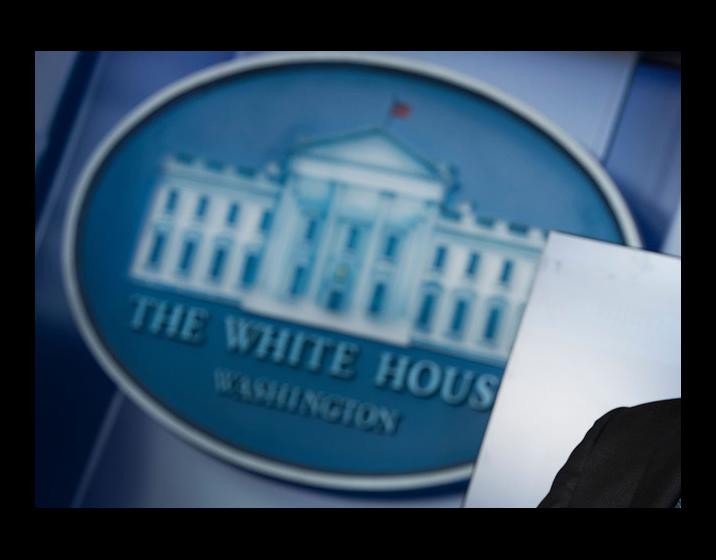"We can't predict the effect of the tax bill on investment and growth" by Frydman and Phelps
The Republican tax bill has incited heated debate, not least among economists.
Some have entered this controversy with precise predictions of the bill’s economic consequences. But economic theory as it exists today, though often seen to be objective and precise, cannot provide reliable quantitative predictions. Any massive change in the United States’ tax regime, particularly on the scale that President Donald Trump and the Republicans envisage, will have consequences that are difficult to assess on the basis of past data and economic assumptions, let alone to estimate precisely.
Two recent contributions to the debate by esteemed colleagues, published by Project Syndicate, are a case in point. Robert Barro defends the bill, whereas Jason Furman and Lawrence Summers oppose it.
But the two sides have more in common than readers might suppose, for both assume that the standard economic framework enables economists to predict with precision the effect of the Republican tax bill on investment and growth. Nothing could be further from the truth.
The standard framework that both sides rely on treats the U.S. economy as akin to a mechanical system in which changes in tax parameters and other inputs explain exactly why and how investment occurs and the economy grows. Moreover, the quaesitum for Barro, Furman, and Summers is the legislation’s impact over a decade, after which the economy will supposedly settle on a steady sustainable “long run.” Both sides not only agree that such convergence will occur, but that its rate can be measured precisely.
Thus, predicting the tax bill’s effects on investment and growth amounts to plugging into a model inputs such as productivity of capital, and making key assumptions regarding when and how the tax regime might change as a result of a $1.5 trillion deficit.
But inputs can be estimated only on the basis of past data, and there is no reason to suppose that such estimates will remain relevant over the next decade. After all, the past is past for a reason: It is over, and this is clearly true after such a far-reaching tax bill. So estimating when and how the tax regime might change, and what such future changes might do to investment and growth requires a genuine crystal ball.
Given the inherent difficulties of estimating a model’s inputs on the basis of past data and what might change under the new tax regime, both Barro, on what might be called the Republican side, and Furman and Summers, on the Democratic side, plug in different numbers for the inputs and make different assumptions about the future. No one should be surprised that their mechanical framework produces widely different results.
Barro estimates that “the pending corporate tax changes would produce a large long-run increase in real per capita GDP — by around 7%,” while Summers and Furman estimate it to be higher by a mere 1%. Moreover, Furman and Summers argue, with some further modifications of the model’s inputs, that after a decade, the Republican tax bill may actually lower the economy’s real output relative to what it is today.
The trouble with forecasting the effects of a massive policy change such as the Republican tax bill is not just that such estimates cannot produce reliable predictions to guide the legislative process and public debate. The very reliance on such supposedly scientific estimates draws attention away from the other consequences of the tax bill, such as its impact on economic dynamism and resulting innovative activity or health and educational outcomes. Though this cannot be measured precisely, the legislation’s effects in these areas are of crucial importance for future investment and growth, as well as for the wellbeing and flourishing of large segments of the U.S. population.
To analyze the consequences of the policy changes that the tax legislation will bring about, we need to jettison economic models that purport to predict the future precisely. As one of us recently argued, such models would acknowledge that the long run is not some hard and fast number, and thus cannot provide the rest point for calculating precisely the effects of the tax bill in the short run, let alone after a decade.
Such economic theory may enable us to understand the central role of individual creativity, society’s values, and institutions in determining why and how innovation and investment occur and economies grow. But to assume that economists’ models can predict the rate of growth, or investment, ten years hence is hocus-pocus, not economics.
Of course, jettisoning the pretense that our macroeconomic models can generate reliable quantitative predictions spanning decades does not make economic knowledge irrelevant for understanding outcomes or the impact of this or that policy change. But it does mean acknowledging that the most that our mathematical models can deliver are qualitative predictions regarding the direction of change.
If economists are to play a useful role in debates about matters of urgent public importance, they must abandon the ersatz precision of today’s prevailing models. It is already apparent, as our respective works show, that a new theory is within reach, one that enables economists to contribute meaningfully to rational policy debate not just about economic outcomes, but about the broader political and social consequences of major policy initiatives. But getting to that point will require abandoning what Friedrich Hayek, in his Nobel lecture, called “the pretense of exact knowledge.”
Roman Frydman is a professor of economics at New York University, and chairman of the Program on Imperfect Knowledge Economics at the Institute for New Economic Thinking. Edmund S. Phelps, the 2006 Nobel laureate in economics, is director of the Center on Capitalism and Society at Columbia University and author of Mass Flourishing.
This column was published with the permission of Project Syndicate and appeared in MarketWatch on December 20, 2017.
